Sal Dashi (born 1980) is an Albanian painter from Kosovo. He studied painting at the University of Pristina, where he earned a Master’s degree in Painting. In 2015, his work was featured and highly praised in the cultural journal Symbol. As part of numerous collective exhibitions, he has been acclaimed by notable critics for his unique style and exploration of significant themes. Since 2016, he has been living in Germany.
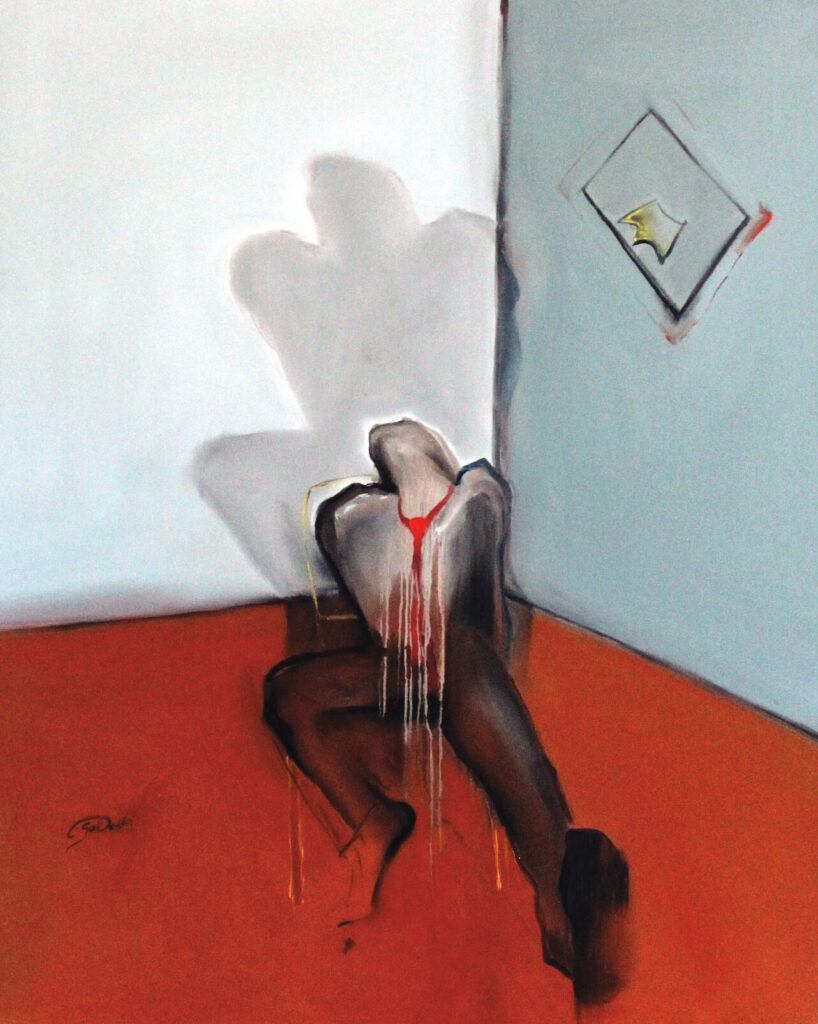
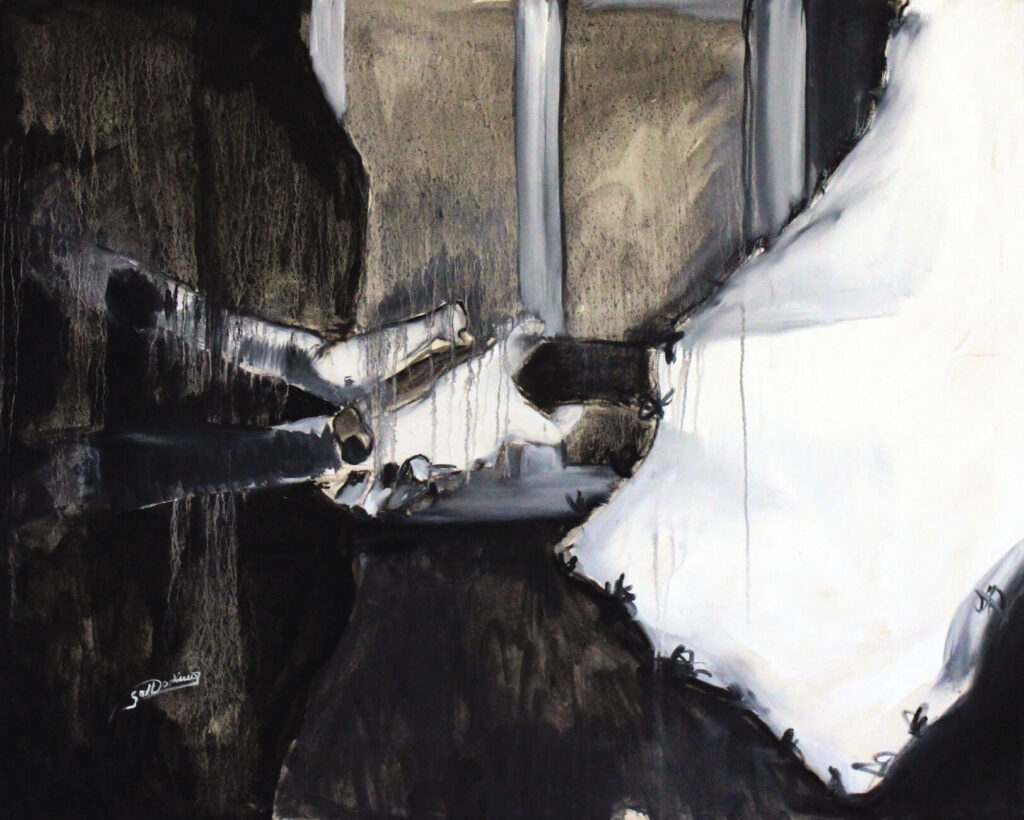
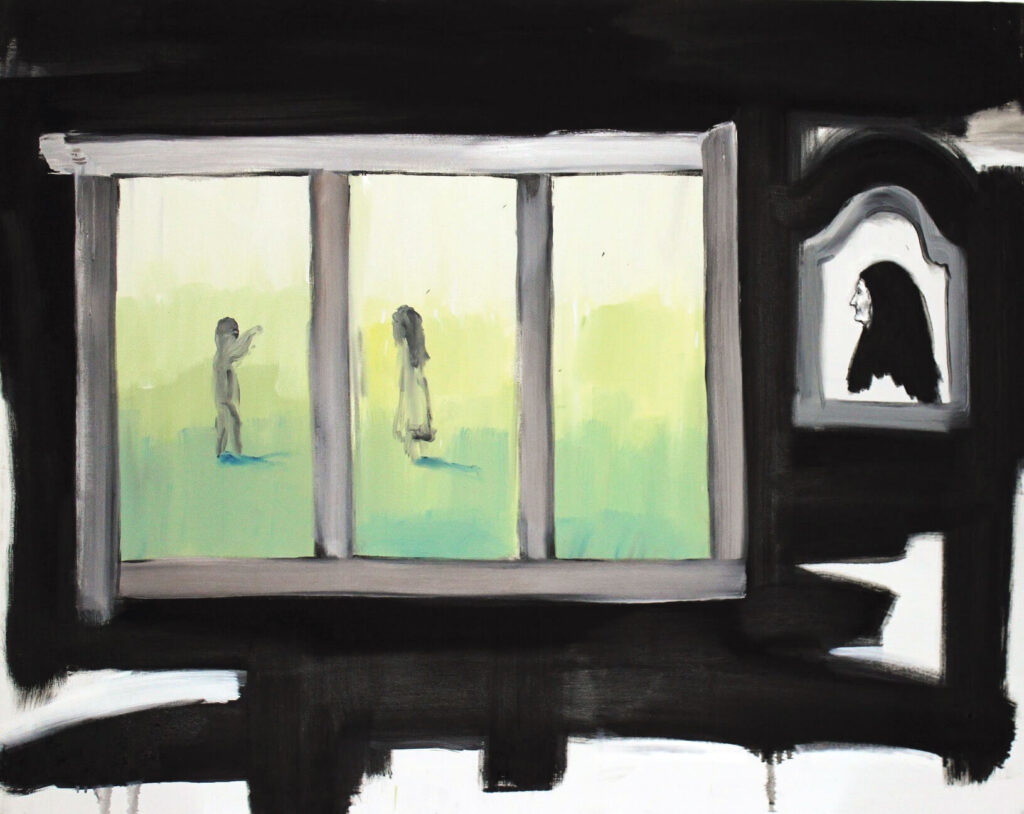
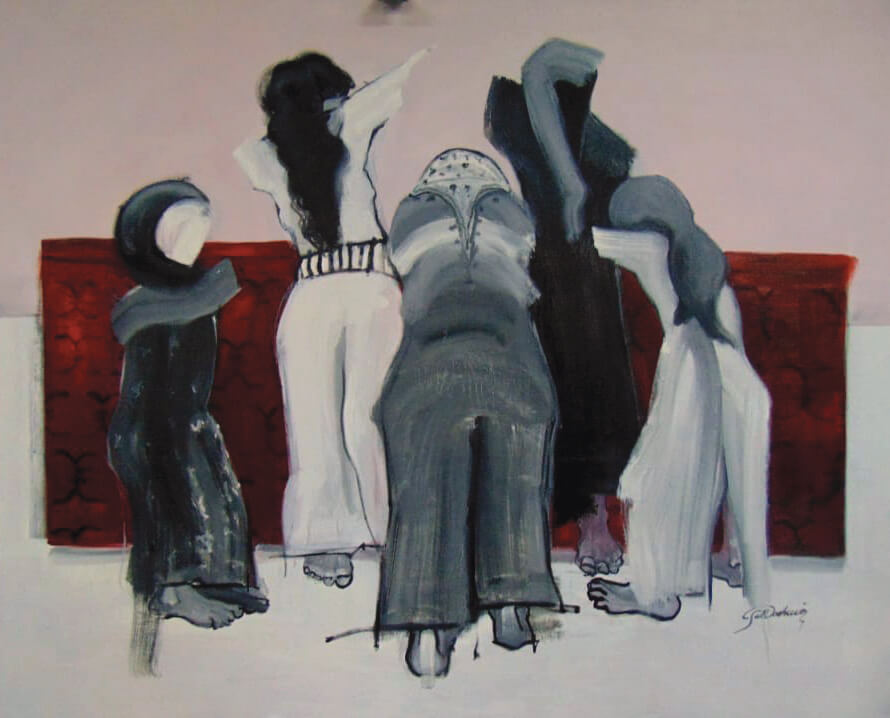
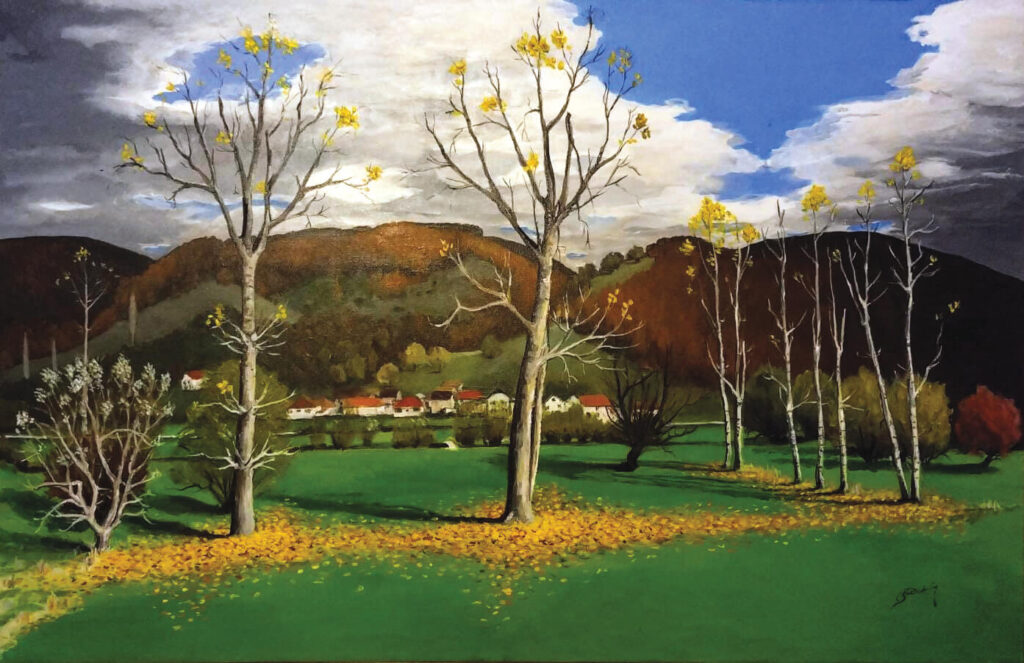
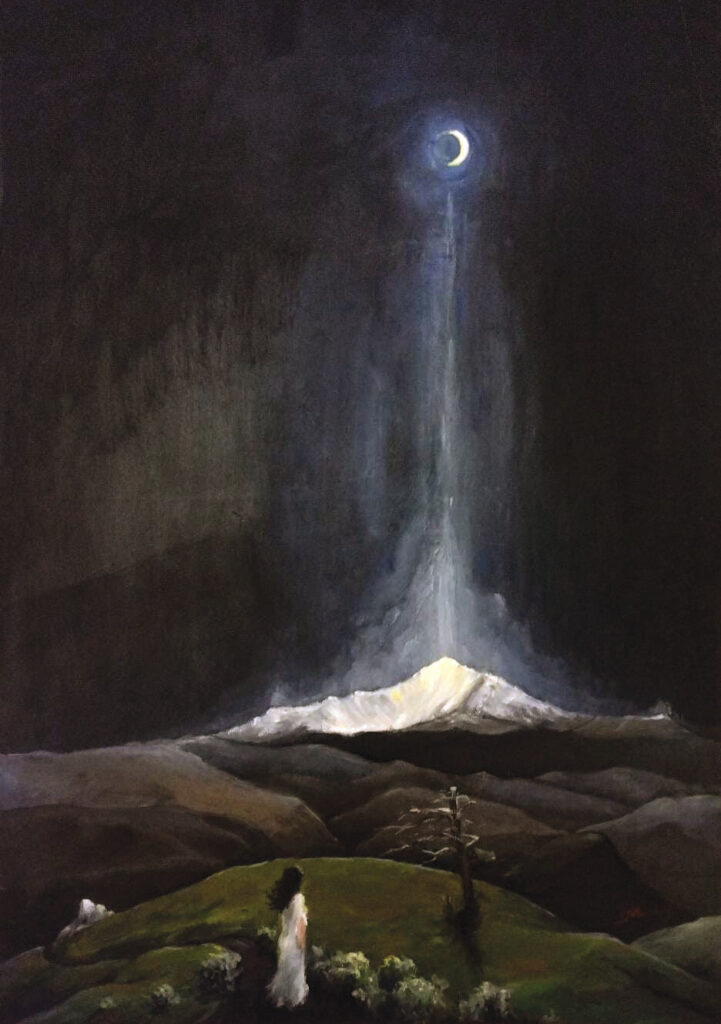
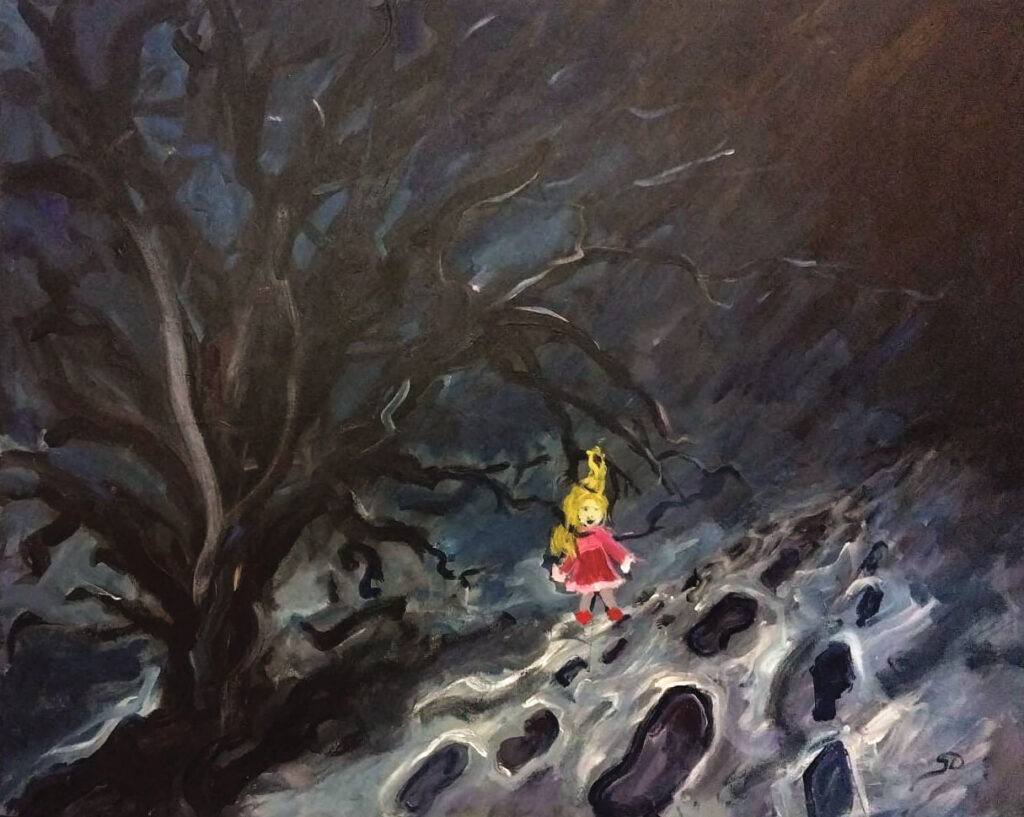
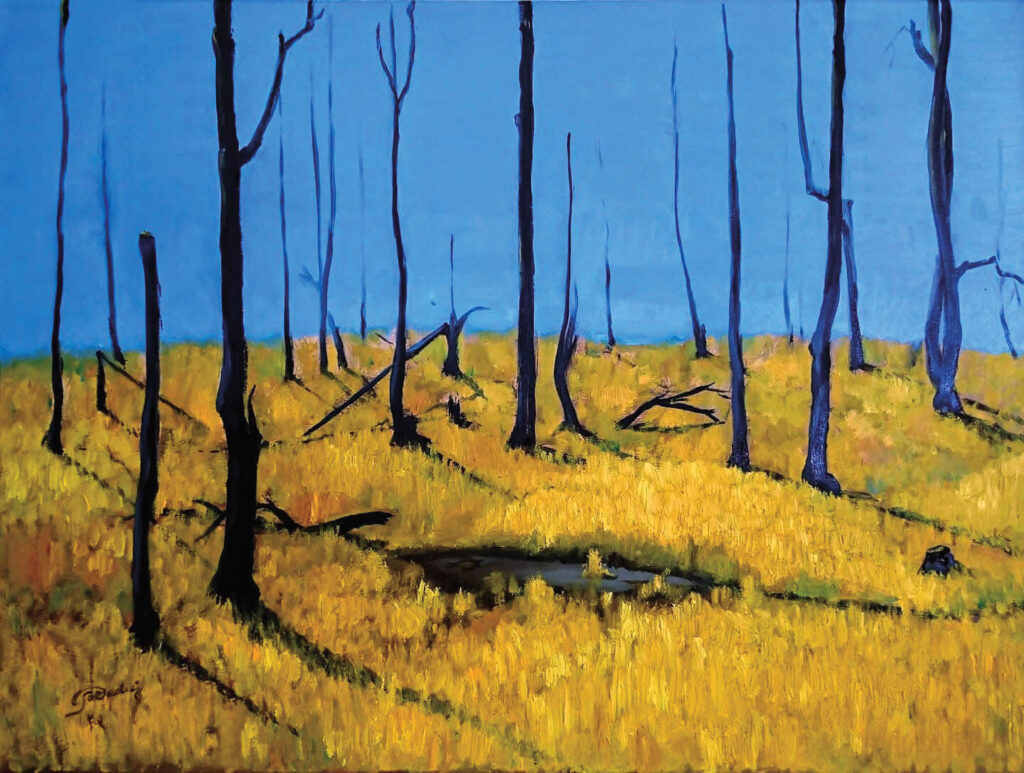
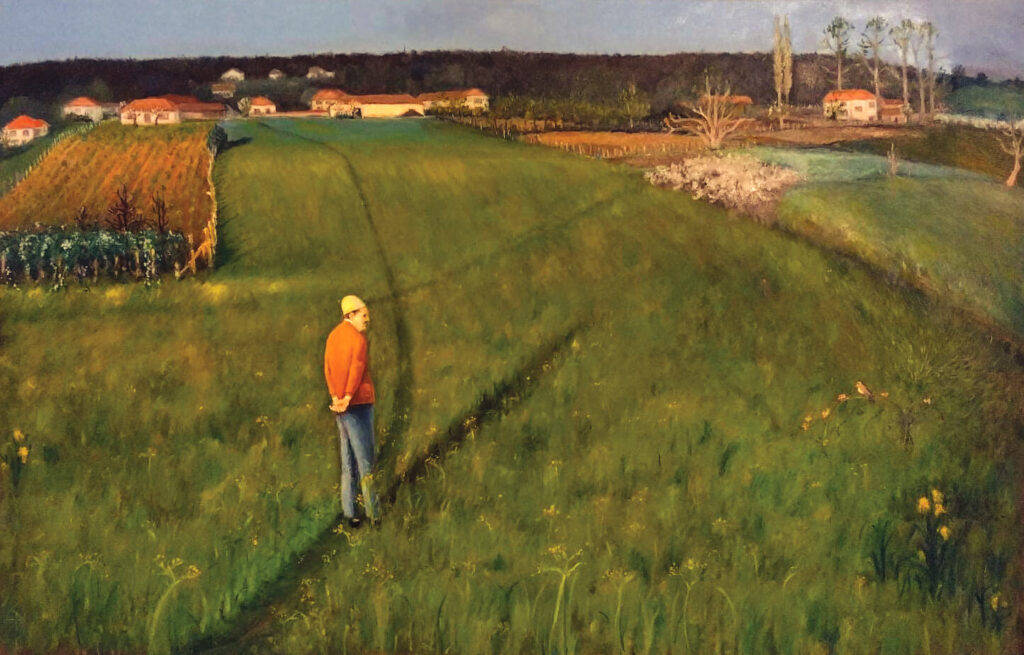
BETWEEN NOSTALGIA AND REVOLT
About five centuries before our era, Simonides of Ceos said: Painting is silent poetry, and poetry painting that speaks. Centuries later, Horace articulated the famous ut pictura poesis, which became the most cited phrase whenever poetry or painting is discussed. Painting is poetry. Genuine poetry can communicate before it is understood, suggested T.S. Eliot. The same can be said for painting—especially for the kind of painting that the Kosovar artist Sal Dashi aims to perfect and promote. His paintings, when referring to the past, are subtle; when addressing the present, they are brutal; and when reflecting on the future, they are anxious.
Etymologically, nostalgia means pain of returning to one’s homeland. This pain takes the form of longing—a longing for the place where one was born, where childhood was spent, where one first heard fairy tales, legends, myths, and various histories. Nostalgia, therefore, comes in many shades, but all are ultimately dominated by the color of despair—because even if you return to a place, you can never return to a time. But what does nostalgia do? It saddens you, but it also mobilizes you. It makes you select moments, objects, details. It conserves and protects the past from oblivion because heritage is identity.
Thus, Sal Dashi, much like Cavafy in his poem The City, cannot detach himself from his homeland—it follows him. He lived in his birthplace throughout his childhood and youth, and now his birthplace lives within him. To dwell in a place is natural, but for a place to dwell within you is neither easy nor painless. According to Milan Kundera, The Odyssey is the foundational epic of nostalgia. The imagery in Sal Dashi’s paintings appears as fragments from that very epic.
When depicting the past, Sal Dashi is nostalgic; when depicting the present, he is rebellious and ironic. He parodies the present, mocks it, sticks out his tongue at it, spits on it. When dealing with the now, not only the themes but also the colors appear nervous.
Ten years ago, in a feature in Symbol journal, he presented himself as a harsh critic of Kosovo’s current reality. His painting cycle, titled The Republic of Shame, was a powerful slap in the face of a corrupt present. Looking at those paintings, it was impossible not to recall the famous words of Prince Hamlet: Something is rotten in the state of Denmark. It is well known that this phrase now describes not the prince’s homeland but the homeland of the Kosovar painter. The present in the paintings of Sal Dashi is frightening for two reasons: it is destroying the bridge that connects us to the past and preparing us for a non-human future.
The present is an anxious state: when we are so degraded today, where the hell will we go tomorrow? When we destroy everything today, where will we live tomorrow? As the Nobel-winning astrophysicist, Michael Mayor, has said: If at some point Earth becomes uninhabitable there’s no way to escape. We are linked to this planet. We do not have a Plan B. We have to take care of Earth.
From what we have seen and read in science fiction, we can say that in the future, humans will no longer need Earth. However, I believe the advice of the Swiss astrophysicist should be taken into consideration, even if humanity’s future is on another planet. We should not destroy our old home without having a new one available. Even if we have the new one ready, we must preserve the old one because it is heritage, and heritage is wealth. After seeing the landscape of Wound, which looks like a desolate forest, you will seriously reflect on this issue, on nature, and on yourself.
Even when he appears intentionally local, painter Sal Dashi does not think like an ordinary individual, but as an artist. He is capable of articulating a piece of land from his homeland as a call to humanity. After leaving his exhibition, everyone will ask the questions: where do we come from? Where are we going?
After these questions are asked by the visitors, it can be said that the painter has achieved his goal. His anxiety is transferred to us, becoming ours. Capturing the message and the awareness of the identification between the artist and the public is the successful realization of communication and the main function of art.
The painter Sal Dashi, who is torment like Van Gogh, and has something from the subtlety of Marc Chagall, frequently displays the brutality of Francis Bacon. These artistic connections shape his style, which is both intertextual and unique. Sal Dashi has his own state of mind, his own reaction—hence, his own distinct style.
Ag Apolloni
Curator of the Exhibition
***
German philosopher Martin Heidegger says that from human experience and history we know that everything essential and magnificent stems from the fact that people have a homeland and are rooted in a tradition. The motifs in the painting by Sal Dashi, the Kosovar artist who has long lived in Munich, Germany, are a reflection of this truth. They also offer us an opportunity to reflect on the drama experienced by contemporary man—the drama of the conflict between the love for one’s roots and the need to move toward the open horizons of a free world. In this way, Sal Dashi’s paintings fulfill the aesthetic maxim that teaches us that art is not made to please the senses, but to awaken thought about our very being.
Blerim Latifi,
Professor of Philosophy at the University of Pristina
***
Sal Dashi paints realistically, with his own interpretation. These are emotional paintings. The colors strongly reinforce the ideas behind the works. Even the underlying ideas are powerfully conceived. I wish I could have some of them in my home!
Jan Jansen,
Dutch human rights activist and translator
***
Artist Sal Dashi refers to various artistic concepts that appear to reflect his personal experiences—from his family life and the environment in which he was raised to political and economic crises, among other influences. His work is almost like a painted diary arranged in a mosaic of creative nuances, in which we encounter our own pain, silent yearning, and suffering.
Meanwhile, the paintings with landscape motifs speak in a slightly different language—employing intensely crystalline colors imbued with positivity, through which he creates dual symbolism via wooden objects, whether leafy or bare, stirring the audience’s enthusiasm to decipher their meaning. The entirety of the artist’s creative output carries a unique creative psychology that, at its essence, possesses a profound depth not easily penetrated to reveal its full meaning.
Zake Prelvukaj,
painter, professor and academic member of the Kosova Academy of Sciences and Arts
Hometown is a very strong element in our lives. It gives us our surname, which forever becomes our identity. No matter where we are, a part of it is always with us. This element is also present in the artwork of painter Sal Dashi. In his paintings, the hometown appears as a beautiful, troubled, joyful, and gloomy place. It is where love resides, where memories are created, where childhood friends are never forgotten, and where laughter resembles the scent of the earth after the rain—this is how I perceive the art of Sal Dashi. And all of this is often wrapped in a veil of nostalgia and melancholy, reflecting not only his inner state but also the emotional state of that part of humankind that is constantly in exile.
Dritan Dragusha,
Art Critic and Journalist



